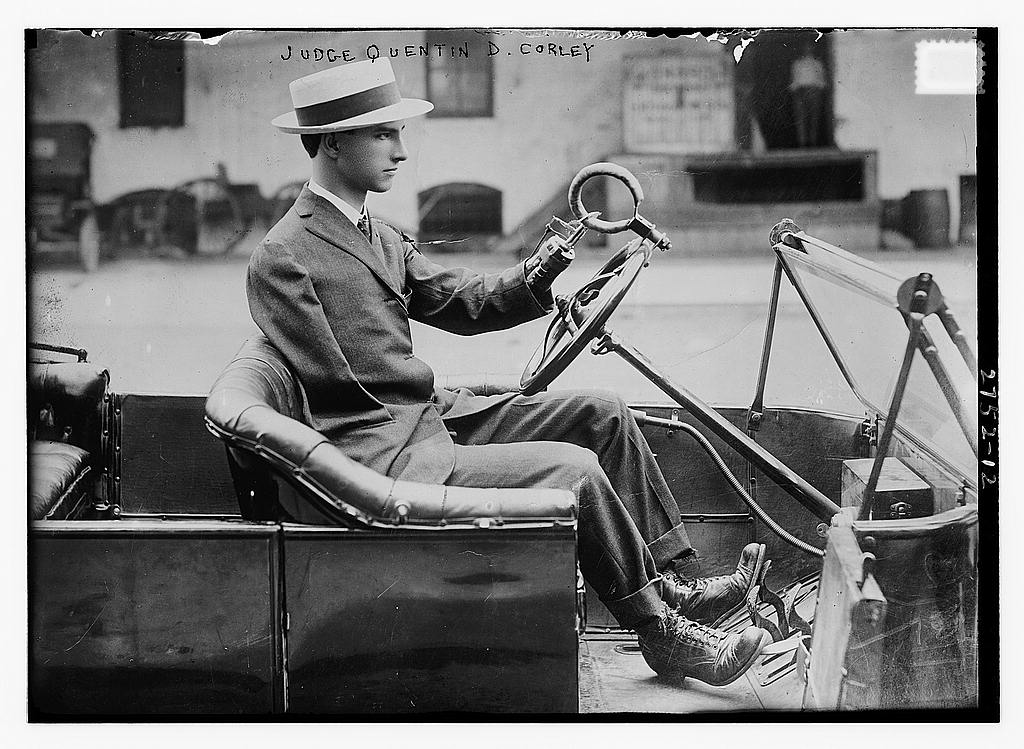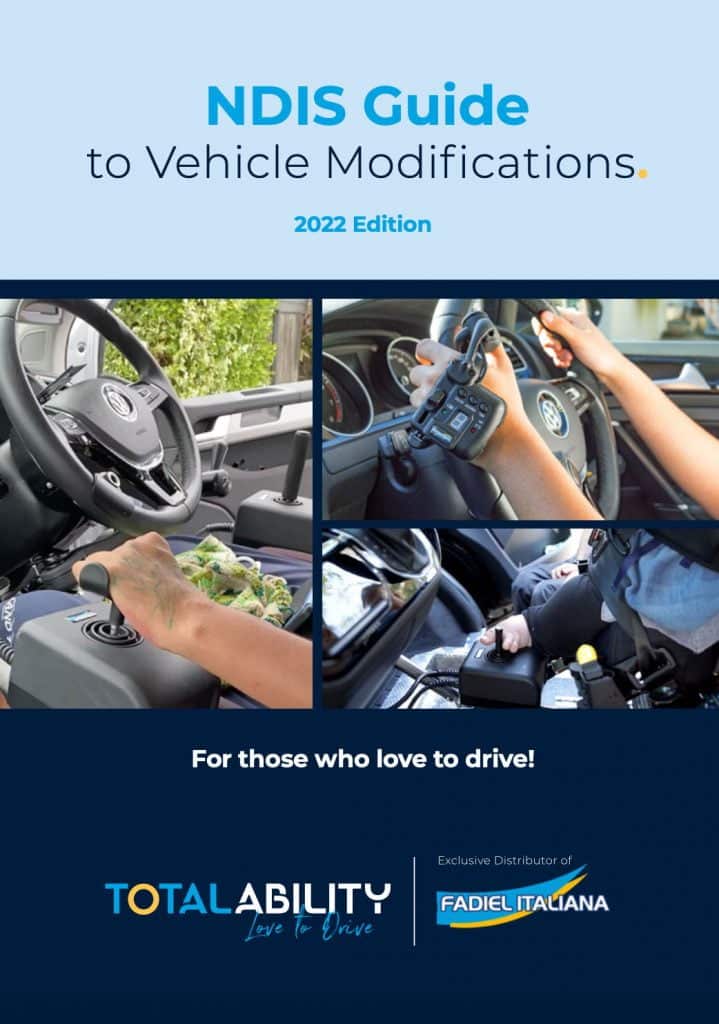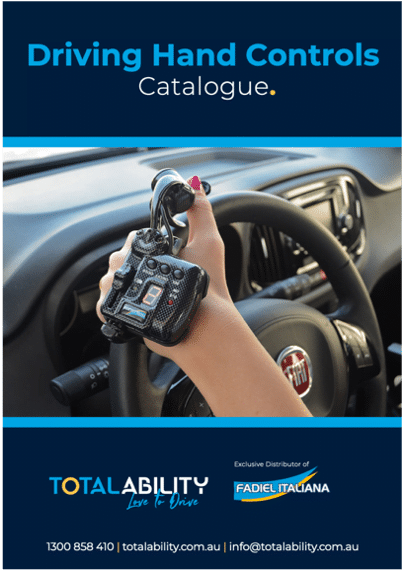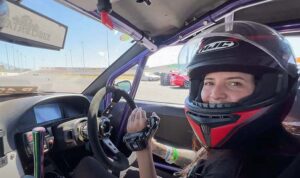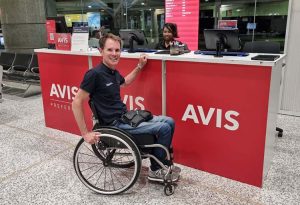Driving controls for people with disability have been around for more than 100 years, but, as this history reveals, their development has been closely related to the two world wars of the 20th Century.
Early 1900s
Many of the cars manufactured at the beginning of the 20th Century were designed for ‘after-market’ adaptation, so it wasn’t long before enterprising inventors started creating their own driving controls.
Examples include US Judge Quentin D. Corley (pictured in 1913). The loss of his right arm and left hand led him to adapting his Ford Model T so he could drive with his one residual limb.
1920s
The wave of injured soldiers returning from the First World War spurred on the development of driving controls for people with disability.
In the UK, the Disabled Drivers’ Motor Club (DDMC) was originally formed in 1922 by a group of First World War ex- servicemen who met while having artificial limbs fitted at St Mary’s Hospital Roehampton.
1930s
In the US, people with disability won the right to hold a driving licence.
The US Government had considered banning people with disabilities from holding a licence, but after campaigning from the Disabled Drivers’ Motor Club, amongst others, was forced to change its mind on the issue.
1940s
After the Second World War, another wave of soldiers returning with disabilities led to manufacturers like Ford and General Motors in the US modifying their vehicles.
As the market eventually slowed down, most stopped producing adaptive technology.
In the UK, inspired by the exploits of war veteran O A (DENNY) Denly who, paralysed from the waist down, had crossed the Alps on a tricycle in 1947, the Invalid Tricycle Association was formed in January 1948.
It later widened its remit and changed its name to the Disabled Drivers’ Association in 1963.
The British Ministry of Pensions distributed “Invacars” free to people with disability from 1948.
This continued until the 1970s. 56 different control variations were available, many with hand controls replacing foot pedals.
Because of safety concerns its use was effectively banned from the road in 2003.
Steering wheel spinner knobs also first became popular during the 1940s, enabling one-handed steering.
1950s
Push-pull hand controls were invented by Alan Ruprecht, who had contracted polio.
Ruprecht found the existing types of controls difficult to use, so he put his engineering background to good use and developed mechanical hand controls with design principles still used today.
1960s
In 1963, Ralph Braun created the first motorised wheelchair in the USA, and soon the first three- wheeled mobility scooter.
He continued inventing, developing a van with front seats removed. You could access the van using a mobility scooter and drive the van using hand controls for the accelerator and brake.
To get into the van, Braun also invented the platform lift.
1970s
In 1972, Braun formed the Braun Corporation, specialising in wheelchair lifts for vans allowing either side or rear entry for a wheelchair user.
1980s
In Italy, Fabio Domeneghini invents the ‘Duck’ Clutch, an electronic clutch that allows drivers to change gears in a manual car with the touch
of a button replacing the clutch operated by a driver’s left foot.
He goes on to create his company dedicated to driving equipment for people with disability, Fadiel Italiana.
Over in the USA, Braun Corporation turns its attention to creating ramps to allow wheelchair access into smaller vans.
1990s
In 1990, EMC launches the world’s first ‘drive by wire’ controls, the DigiDrive based on the same “Fly-by-Wire” technology originally invented for modern Air Force planes and by NASA to drive the Apollo Lunar Module.
Braun Corporation launches its flagship wheelchair accessible ramp enabled minivan.
In 1996, Fadiel Italiana introduces the first generation of the Full Power Assist Brake System (Freedom Brake).
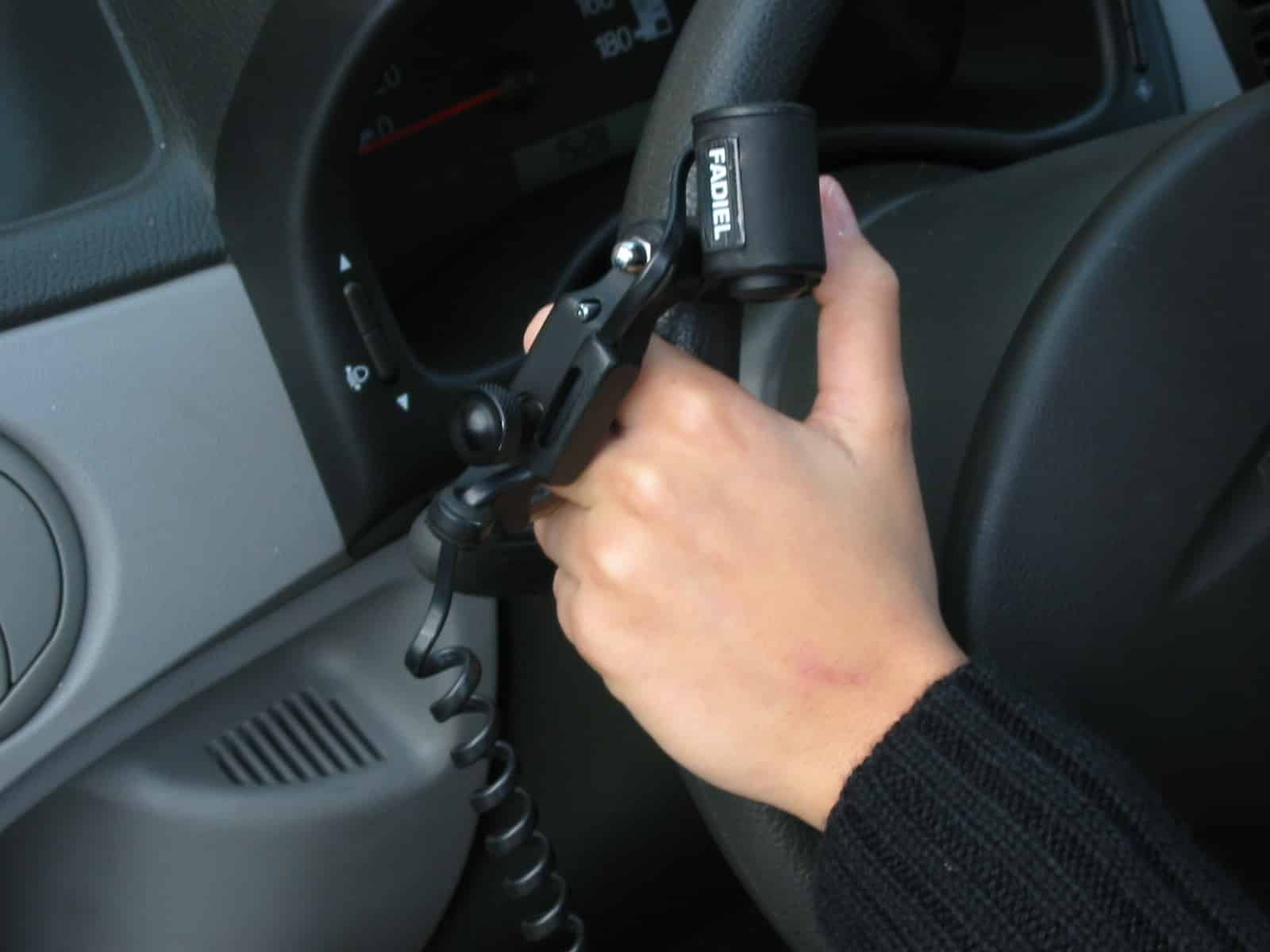
In 1999, Fadiel Italiana invents the Corded Satellite Accelerator using advanced “Fly by Wire” technology that allows a driver to accelerate the car whilst keeping two hands on the steering wheel.
2000s
In 2004, the first-generation Joystick was invented by Fadiel Italiana, used to control steering, acceleration and braking.
2010s
In 2012 Fadiel Italiana introduced voice command to enable control of indicators, windows and other functions by the user speaking into a microphone.
Also in 2012, Fadiel Italiana launched the wireless version of the Satellite Accelerator, the first use of Bluetooth to connect a driving control to a car’s electronics system.


